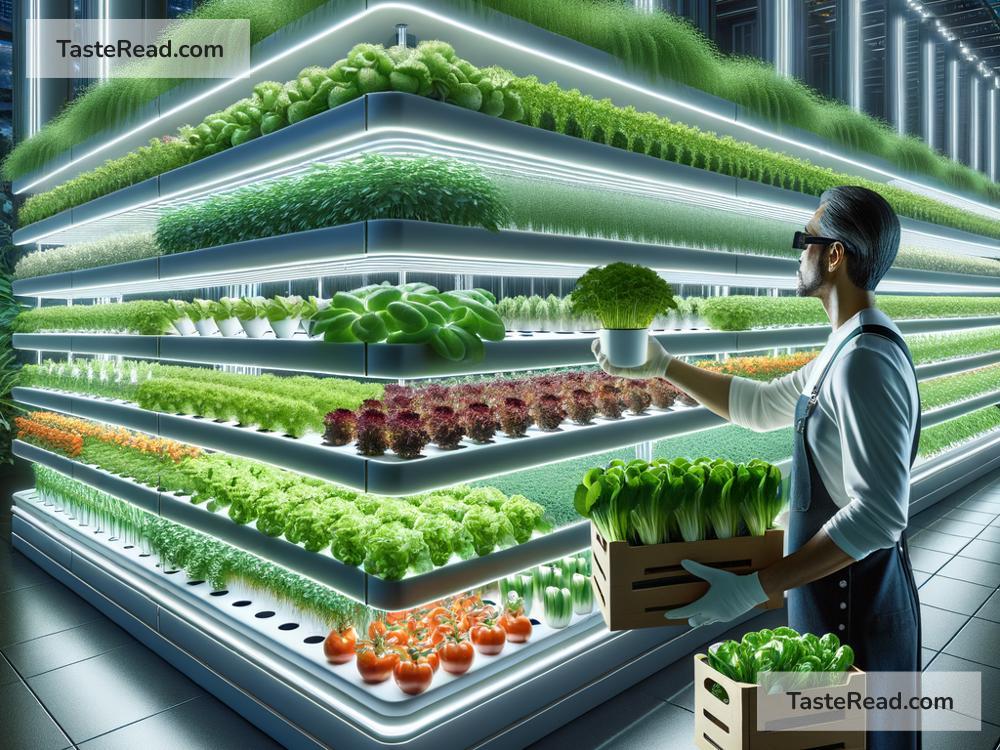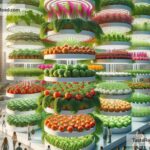The Future of Food and Holistic Global Solutions
Food is one of the most basic needs for human survival, yet it is tied to some of the most complex issues our world faces today. Climate change, population growth, resource depletion, and global inequities all impact how, where, and what food is grown, distributed, and consumed. As the global population rises and environmental challenges become more urgent, people are asking an important question: What is the future of food? And how can we create holistic solutions that work for everyone and protect the planet?
The answer lies in innovation, sustainability, and collaboration. Let’s explore what the future of food might look like and the solutions that could make it happen.
The Challenges We Face in Feeding the World
Feeding the world’s population, which is expected to reach nearly 10 billion by 2050, is no small task. Right now, agriculture already puts enormous pressure on our land, water, and energy resources. It contributes to deforestation, water shortages, and greenhouse gas emissions. At the same time, millions of people go hungry every day even though we produce enough food globally—this shows that access and distribution are major problems too.
On top of that, diet-related health issues like obesity and malnutrition are growing worldwide, affecting both wealthy and developing nations. There’s an urgent need to rethink how food is produced, shared, and consumed while keeping the health of people and the planet in mind.
What Could the Future of Food Look Like?
The future of food is likely to look very different from today. Innovations in agriculture, technology, and food science have already started paving the way toward smarter, more sustainable solutions. Here are some exciting possibilities:
1. Alternative Proteins:
As demand for meat continues to rise, scientists are exploring ways to produce protein without the environmental cost of animal agriculture. Lab-grown meat (cultured meat), plant-based protein (like Beyond Meat and Impossible Foods), and insect farming are growing industries. These alternatives require fewer resources and create less pollution than traditional farming.
2. Vertical Farming:
Instead of growing crops on large pieces of land, vertical farming allows food to be grown indoors in tall buildings with controlled lighting, temperature, and water. This method uses far less space and water while producing fresh food close to cities, reducing transportation emissions.
3. Precision Agriculture:
Modern farming is getting smarter thanks to technology. Farmers can use drones, sensors, and data analytics to monitor crops and manage water and fertilizer use efficiently. This reduces waste, increases yields, and helps adapt to changing environmental conditions.
4. Climate-Resilient Crops:
Scientists are developing crops that can withstand extreme weather, droughts, and pests. These genetically modified or selectively bred plants could ensure food security in areas heavily impacted by climate change.
5. Food Waste Reduction:
Globally, one-third of all food produced is wasted, which is harmful to the environment and society. New apps, policies, and business models are emerging to tackle food waste—by connecting surplus food with those in need, minimizing spoilage, and encouraging responsible consumption.
Holistic Solutions for a Global Problem
While technology and innovation play important roles, solving the future of food requires more than just new gadgets and systems. It needs holistic thinking that considers ecosystems, cultures, economies, and policies. Here are some steps toward creating global solutions:
1. Support Local Farmers:
Small-scale farmers grow a large portion of the world’s food, yet they often struggle to make a living. By investing in local agriculture, providing fair prices, and giving farmers access to resources like education and technology, we could ensure sustainable food production while reducing poverty.
2. Promote Sustainable Diets:
Shifting toward plant-based diets can have a huge impact on the environment. Educating people about the benefits of eating more fruits, vegetables, and grains can reduce the demand for resource-intensive meat and dairy products. This doesn’t mean everyone has to become vegetarian, but even small changes can help.
3. Make Food Fair and Accessible:
No one should go hungry in a world full of abundance. Governments and organizations need to work together to improve food distribution, reduce inequality, and ensure that nutritious food is accessible to all—especially to marginalized and impoverished communities.
4. Protect Nature:
Healthy ecosystems are key to food security. Policies that protect forests, water sources, pollinators like bees, and biodiversity can prevent future crises. Regenerative farming practices, which prioritize soil health and ecosystem balance, are a step in the right direction.
5. Collaborate Globally:
Food problems are interconnected. One country’s drought or economic policies can impact food prices and supplies worldwide. To address these challenges, nations must cooperate, share knowledge, and create global strategies for sustainable food systems.
Conclusion: Building a Better Future
The task of creating a better future for food is daunting, but it’s also full of hope. Advances in technology, improvements in sustainability practices, and a growing awareness of food inequalities give us the tools to make impactful change. If governments, businesses, communities, and individuals work together, we can ensure that the world’s population is fed in a way that doesn’t harm the planet.
The path forward involves innovation, but it also requires compassion and fairness. Food is not just fuel for the body; it’s at the heart of our cultures, societies, and economies. By treating food as a valuable resource and prioritizing the health of people and the planet, we can make the future brighter for everyone.
Let’s start today by thinking about what we eat, where it comes from, and how we can support a more sustainable, inclusive food system—because the future of food is the future of humanity.


